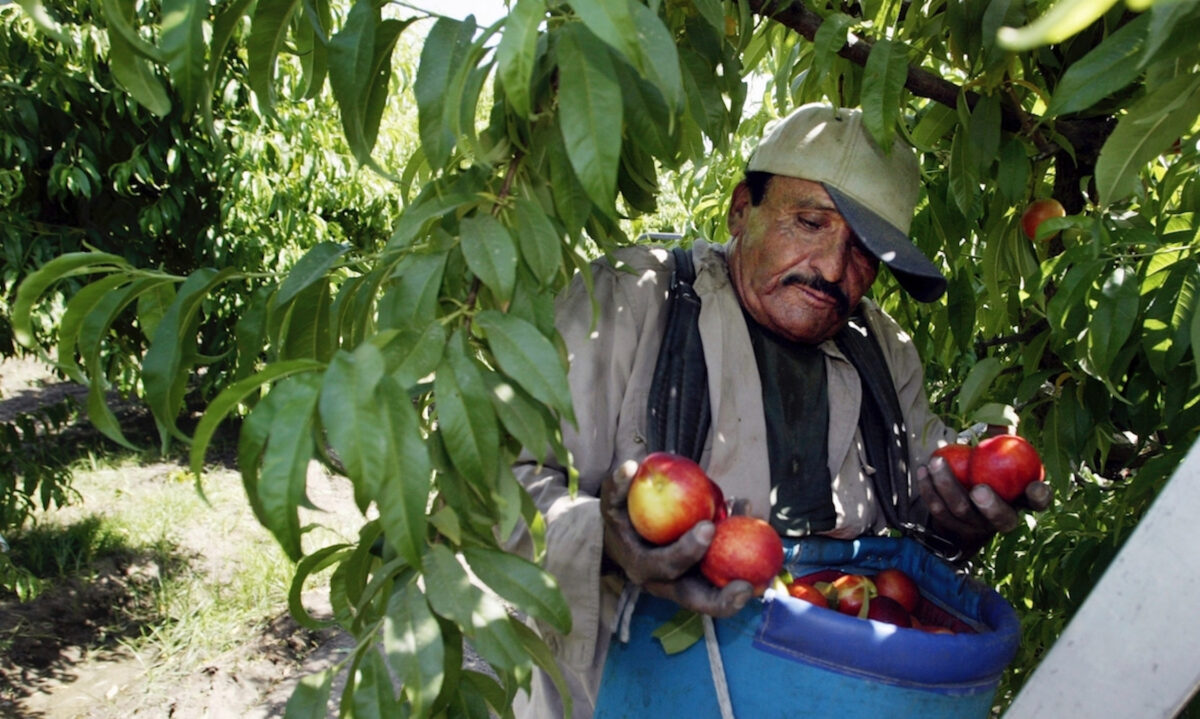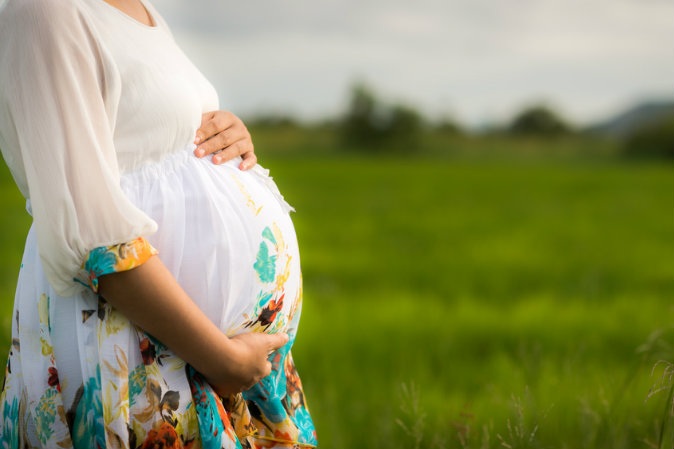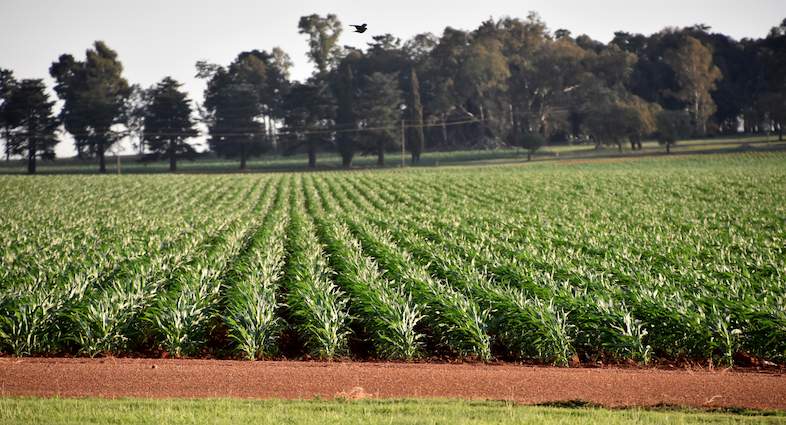

Kill or repel organisms that attach to underwater surfaces, such as barnacles that cling to boat bottoms. Kill algae in lakes, canals, swimming pools, water tanks and other sites. Table 1: Classification of pesticides based on their purpose


In general groups of pesticides are classified and named according to the type of pest they control (Table 1). Within the EU legislation, there are separate legislative acts for PPP and biocides (see below). The term 'pesticide' is often used interchangeably with 'plant protection product', however, pesticide is a broader term that also covers non plant/crop uses, for example biocides.

The most effective methods of pest control are based on the use of chemicals named ‘pesticides’. Pest control is implemented by physical, chemical and biological methods and the choice of the particular method depends on various conditions (type of industry, species, amount and distribution of pests, environmental conditions, etc.). Therefore pest control is an important activity intended to reduce or eliminate yield losses, maintain high quality of products and prevent other undesirable effects that may be caused by pests. Certain species of pests can also damage buildings, installations, furniture, cloths, etc., spread infectious or cause other diseases. weeds, insects, birds, rodents, fungi, moulds, etc.) can significantly affect the quantity and quality of products. General information about pesticides/plant protection products Definition of pesticidesĪgriculture, forestry, aquaculture, food industry, processing, transportation and storage of wood and other biological products are sectors where various pests (e.g. This article gives a short introduction on pesticide classification, labelling and information system, presents information on related health problems, description of how exposure may take place and requirements for safe handling of pesticides with the emphasis on agricultural production. agriculture, forestry, food industry, etc.) they may put workers in different occupations at risk of acute poisoning or occupational diseases. As pesticides are used in many different sectors (e.g. Many pesticides have been found to be harmful to human and animal health or to the environment. Pesticides are chemicals designed to kill or control insects, weeds, fungi, rodents and microbes. 5.5 Use of personal protective equipment (PPE).5.3 Technical, engineering measures – machinery and equipment for plant protection product application.3.3 Suppliers duties to ensure information.3.2 Basics of pesticides classification by hazard.3.1 EU legislation with regard to placing pesticides on the market.2.3 Use of plant protection products in the EU.2 General information about pesticides/plant protection products.


 0 kommentar(er)
0 kommentar(er)
